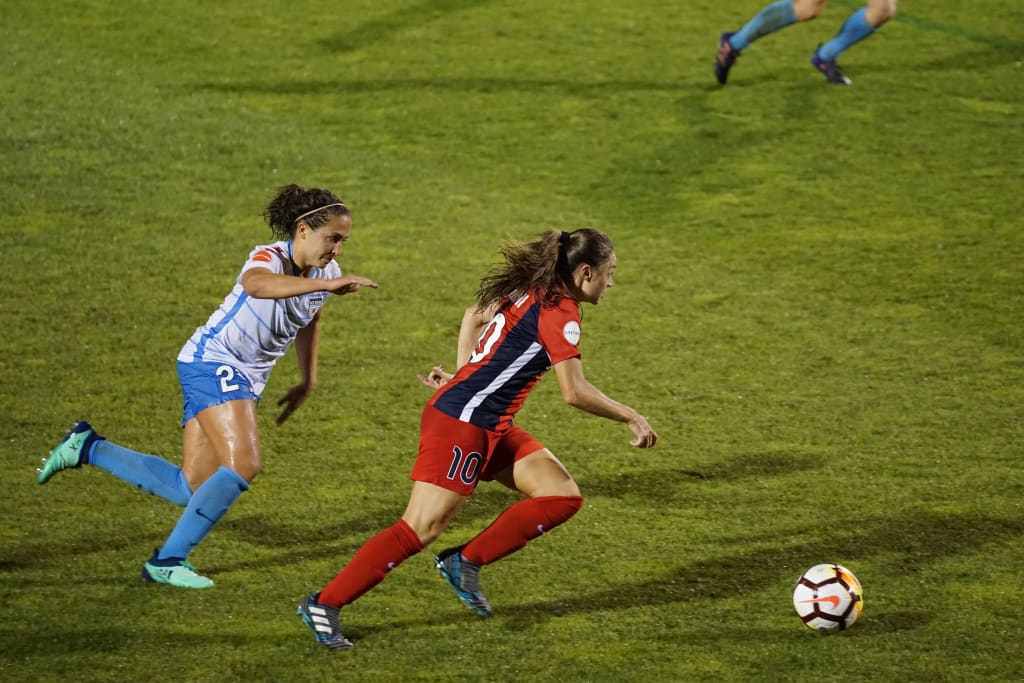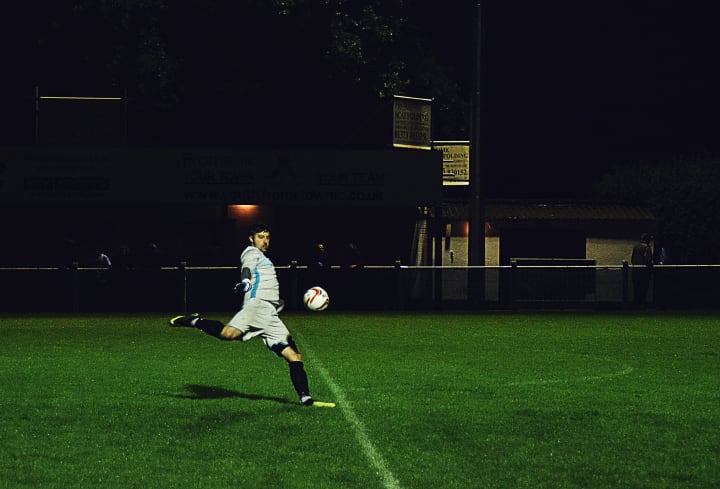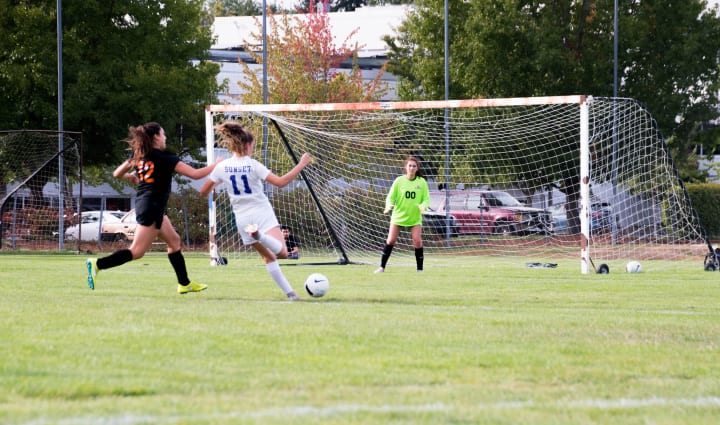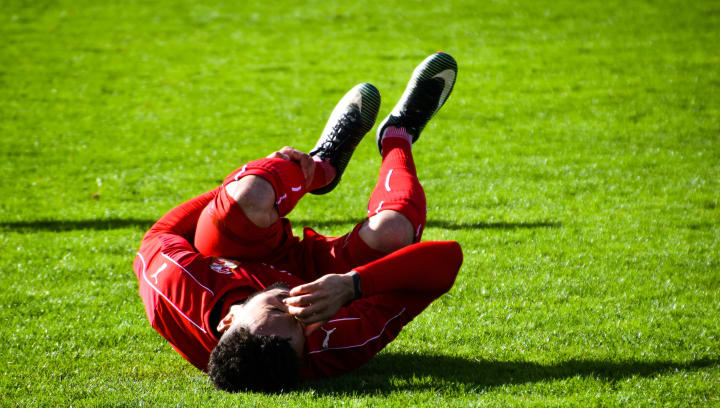How to Choose Soccer Shin Guards
Learning how to choose soccer shin guards means considering a lot of factors that are critical to finding out what's right for you.

Depending on your position, shin guards may seem like an absolute necessity or a simple nuisance. Nevertheless, many leagues and positions require players to wear this crucial piece of soccer gear, and for good reason. Shin guards are not just important for protecting the shin from serious bruising and damage, but also for absorbing some of the impact from the ball, which can cause injury to every part of the body—not just the shin. That said, there is a wide variety of shin guards out there, and knowing how to choose soccer shin guards that are right for you can be tricky. To that end, there are some especially vital considerations you should keep in mind when you’re setting out to protect your shins from the dangers of the game.
Consider the kind.

Photo by Zac Frith on Pexels
The first thing you need to consider is how to choose soccer shin guards based on the type. There are five basic kinds of different shin guards that you’ll be choosing from, so you’ll need to know what is what before you can make the investment.
Slip-in shin guards are exactly what they sound like: Molded shin guards, usually of a strong carbon fiber material, that slide into your sock and cover the front of your shins. Soccer players can choose to affix them in a variety of ways. You can opt for snug fitting socks that keep them in place—although most advanced players don’t leave anything to chance, and instead, keep their shin guards in place with some kind of sports tape or wrap.
Ankle shin guards provide an added layer of protection. They affix to the shin with a stirrup for the foot and a strap or two at the top, securing them more safely than most slip-in guards. For this reason, these are the soccer shin guards most often recommended for young players, especially when they're just starting out. These shin guards also include ankle protection on top of guarding the shin, which makes them a popular option for youth players and more advanced players alike, being the best shin guards for ankle protection.
Strap shin guards are similar to slip-in guards except that they come with straps as a part of the design to help you secure them as tight as possible. They can generally be strapped around the shin at two points underneath the sock, keeping the shin guard relatively secure without the need to tape it down or wraps to keep it in place.
Sleeve shin guards are another popular option for many soccer players, and they, too, are just what they sound like: Sleeves that go around your calf and shin. They include a fortified carbon fiber guard at the front to protect the shin. These can also double as compression sleeves to prevent and ease the pain of shin splints.
Built-in shin guards are the final basic type of shin guard you’ll need to consider when you think about how to choose soccer shin guards that are right for you. They are a shin guard/sock combo. One big benefit of these is the ease of application. Since the shin guard itself is built into the sock, all you have to do is put on your socks—no complicated taping or straps required!
Consider your position.

Photo by Ashley Williams on Pexels
If you want to know how to choose soccer shin guards for your individual needs, you’ll need a good understanding of what kind of player you are and what positions you play. In general, goalkeepers need little thought in terms of shin protection, and instead, keepers should opt for significant protection of the hips and knees, leaving enough flexibility in the legs and shins to move freely. Heavy-duty shin guards can be both unnecessary and cumbersome. In contrast, the soccer position that will generally require the most shin protection are defenders. Finding the best shin guards for defenders is of the utmost importance. Defenders should be prepared to take on some serious power to the shin, having heavy-duty, well-secured guards to keep pain and injury away.
Meanwhile, falling somewhere in between are midfielders and forwards. In general, forwards should have just enough shin protection to avoid injury or decreased performance from light impact. Rather than toting a fortified shield on their shins, players in this position should be thinking about agility and speed. Midfielders, to a lesser extent, should also think about agility when they consider how to choose soccer shin guards for themselves. These players need substantial shin guards, however, they will want a pair that allows them to continue to move freely.
Consider your level.

Photo by Pixabay on Pexels
The final thing you need to consider when you think about how to choose soccer shin guards is your level. Younger players may want to opt for guards that are more stable and secure, even if that means a loss of agility and overall speed. The risk of injury is higher in new players, especially at the high school level or younger, and they should be dedicated to protecting their shins as much as possible. You don’t want a shin guard that’s going to slip around and put you at risk—not to mention, just being a nuisance in itself. More advanced players and older players, on the other hand, might prefer somewhat less cumbersome guards that allow them to move more freely. Of course, this will always depend on the player's personal preferences, their position on the team, and any history of injury in the game. At the end of the day, however, younger players should always opt for the safer options, and go from there—always doing the best soccer warm ups before game time, too!
About the Creator
Nicola P. Young
Lover of Books, Saxophone, Blogs, and Dogs. Not necessarily in that order. Book blogger at heartofinkandpaper.com.
Enjoyed the story? Support the Creator.
Subscribe for free to receive all their stories in your feed. You could also pledge your support or give them a one-off tip, letting them know you appreciate their work.






Comments
There are no comments for this story
Be the first to respond and start the conversation.